Loading a Bobcat into a dump trailer is a task that requires precision, safety, and a clear understanding of both your machinery and trailer capabilities. In this guide, we will elaborate on the steps, tips, and safety considerations necessary for a successful loading operation.
Understanding Your Equipment
The Bobcat
A Bobcat, typically a skid-steer loader, is versatile and compact, ideal for various tasks. The key specifications that influence how it should be loaded include:
| Feature | Specification |
|---|---|
| Weight | Varies (generally between 1,500 – 3,000 lbs) |
| Dimensions | Approx. 60-70 inches wide, varying lengths |
| Lift Capacity | Varies (commonly between 800 – 3,000 lbs) |
| Ground Clearance | Typically, ranges from 7-11 inches |
Understanding these specifics is crucial before attempting to load the machine.

The Dump Trailer
Choosing the right dump trailer is essential. Here’s what to consider:
| Feature | Specification |
|---|---|
| Weight Capacity | Varies (up to 14,000 lbs) |
| Bed Length | Common lengths: 12, 14, 16 feet |
| Bed Width | Standard width: 72-84 inches |
| Loading Angle | Optimal between 10-15 degrees |
Ensure that the trailer can adequately support the Bobcat’s weight and dimensions.
Preparing for Loading
Safety First
Before you even begin the loading process, prioritize safety:
- Personal Protective Equipment (PPE): Ensure all operators wear gloves, helmets, and steel-toed boots.
- Inspect the Area: Clear any obstacles from the loading area.
- Trailer Inspection: Check that the trailer’s brakes and lights work and that there’s no damage.
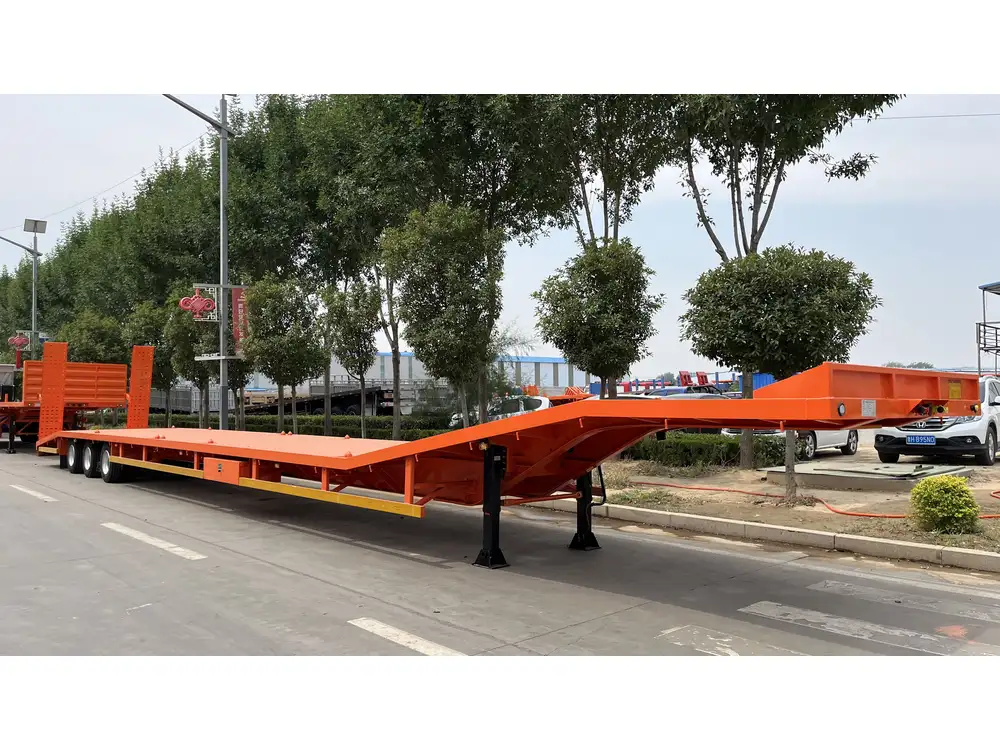
Preparing the Bobcat
- Check Fuel and Fluids: Ensure your Bobcat has enough fuel and that all relevant fluids (oil, hydraulics) are adequate.
- Inspect Attachments: Ensure that any attachments, like buckets or forks, are securely fastened.
- Test the Loader: Operate the Bobcat briefly to confirm all functions are working correctly (lifting, moving forward/reverse, etc.)
Steps to Load the Bobcat into the Dump Trailer
1. Align the Trailer with the Bobcat
Position the dump trailer on level ground and ensure it is parked securely. The back of the trailer should be facing the Bobcat for ease of loading.
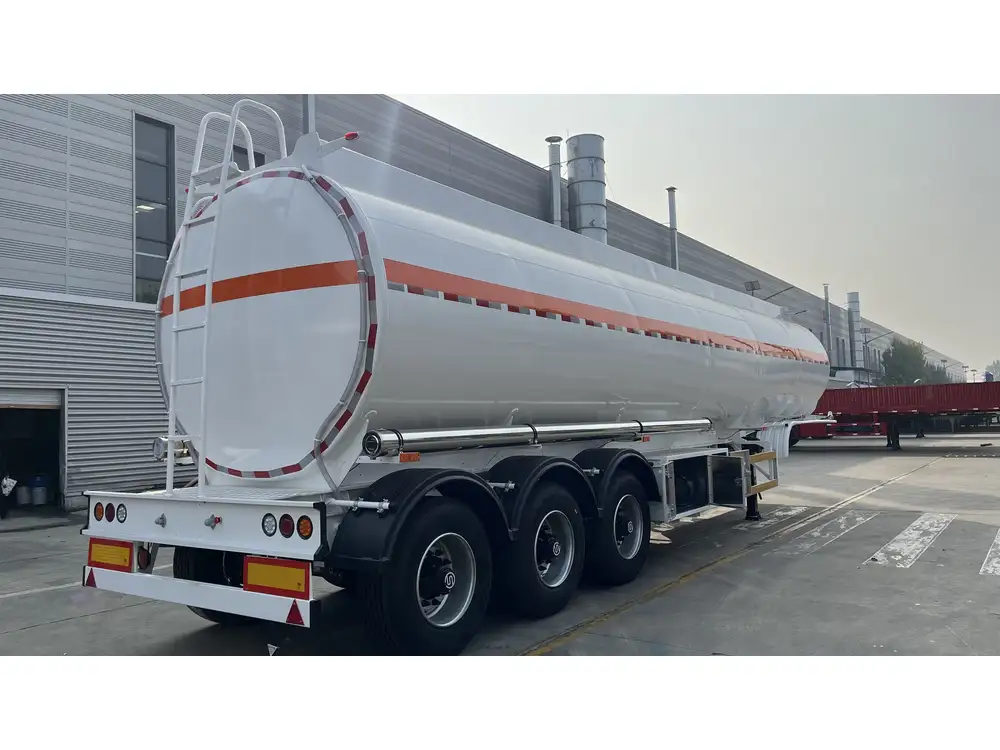
2. Use a Ramp
Using a loading ramp is a safest method to bridge the gap between the Bobcat and the trailer. Follow these steps to create a safe loading slope:
- Select a Proper Ramp: Ensure that the ramp can support the Bobcat’s weight and has non-slip surfaces.
- Secure the Ramp: Position the ramp at a gentle incline (10-15 degrees) and secure it to both the trailer and the ground to prevent slipping.
3. Load Width Adjustment
Given the width of the Bobcat, adjust your approach angle. The loading should account for the width to avoid hanging over the sides of the trailer. Appropriate positioning ensures maximum stability.
4. Drive the Bobcat Up the Ramp
Here’s how to execute it:
- Initial Movement: Gradually accelerate as you drive onto the ramp, maintaining a steady speed.
- Use the Loader: Slightly raise the front of the Bobcat as you ascend to increase stability and avoid the tipping forward.
- Center Loading: Make sure to center the Bobcat as you drive up for balanced weight distribution.
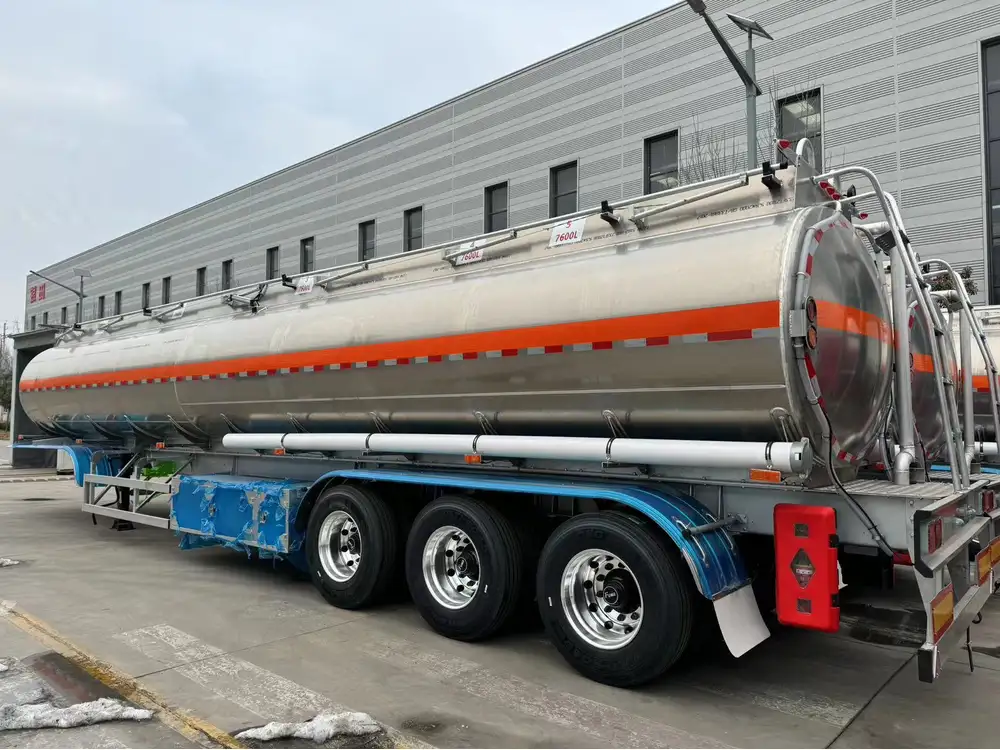
5. Detach the Bobcat Attachments (if necessary)
If the Bobcat has an attachment that could compromise weight limits or balance, consider detaching it before fully loading onto the trailer.
6. Secure the Bobcat
Once the Bobcat is fully loaded onto the dump trailer:
- Use Tie-Downs: Secure the Bobcat with high-tensile tie-down straps or chains. Utilize the specific tie-down points on the Bobcat and trailer.
- Check Stability: Shake the Bobcat lightly to ensure it’s secured tightly.
7. Verify Weight Distribution
Before heading out, check that the weight is evenly distributed across the trailer. An uneven load could lead to unstable driving conditions.
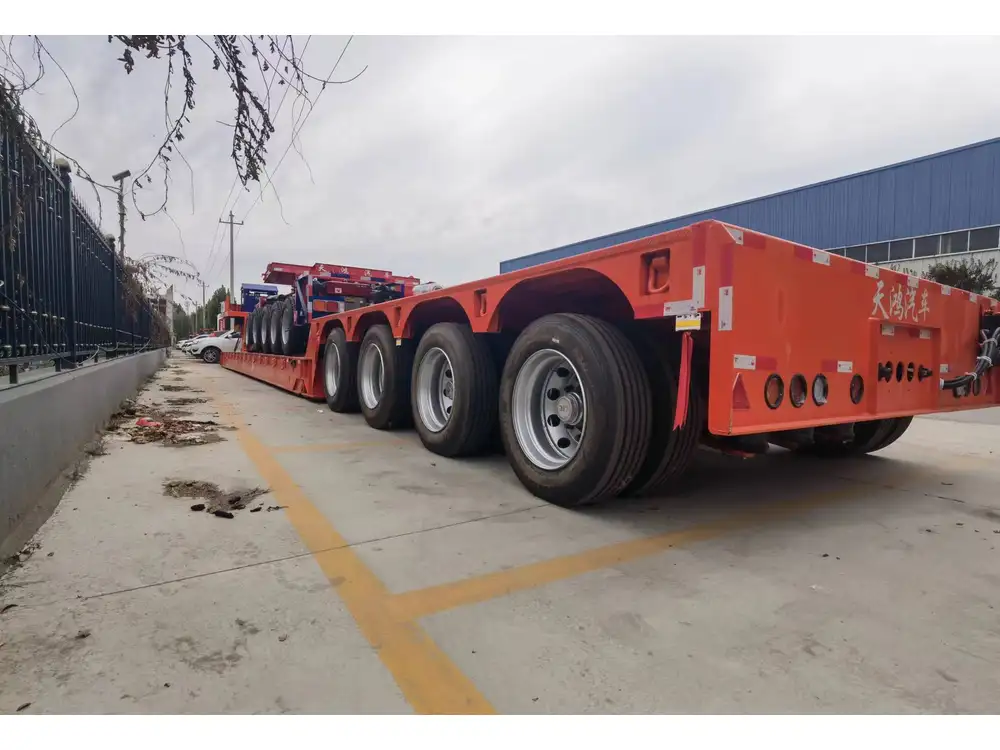
Tips for Safe Loading
- Practice Slow Movements: Quick, jerky movements can lead to accidents. Take your time.
- Make Use of a Spotter: If you’re inexperienced, having someone guide you can significantly minimize risks.
- Avoid Overloading the Trailer: Adhere strictly to the weight capacity of both the Bobcat and the dump trailer.
Common Mistakes to Avoid
1. Neglecting Safety Checks
It’s vital to never skip safety checks before the loading process, including inspecting machinery and securing ramps.
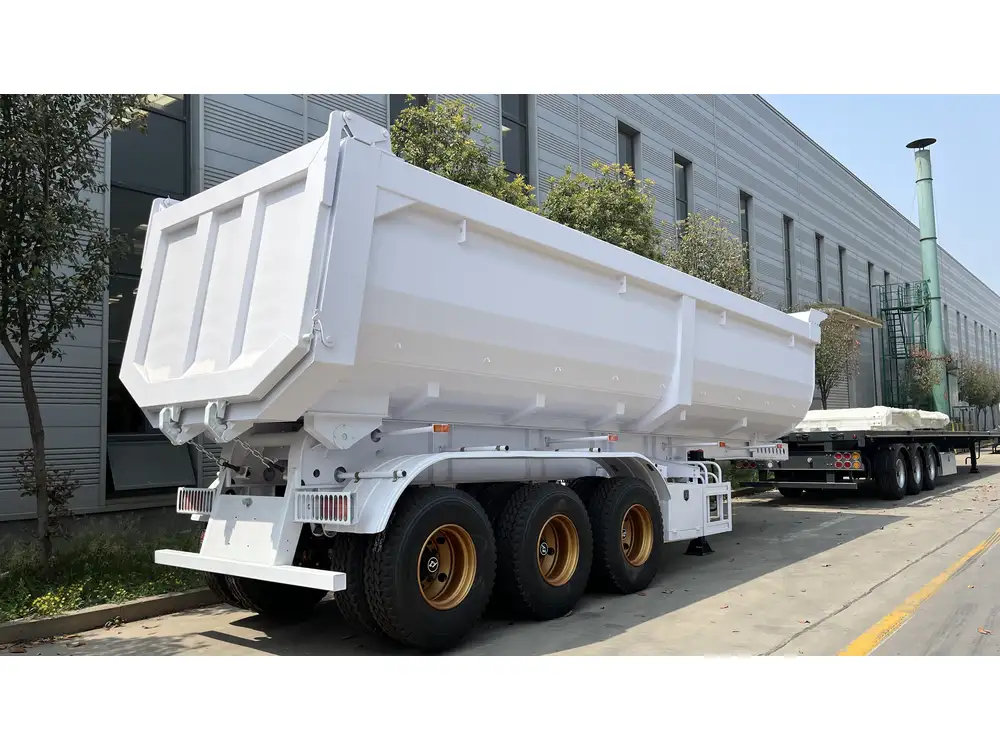
2. Underestimating the Weight
Many operators inaccurately assume the weight of their machinery. Always verify the Bobcat’s weight before loading to ensure safe trailer capacity.
3. Incorrect Loading Technique
Improper loading angles or haste can be dangerous. Always maintain the recommended incline and approach slowly.
4. Ignoring the Terrain
Ensure the ground is stable. Loading on soft or uneven terrain increases the risk of accidents.
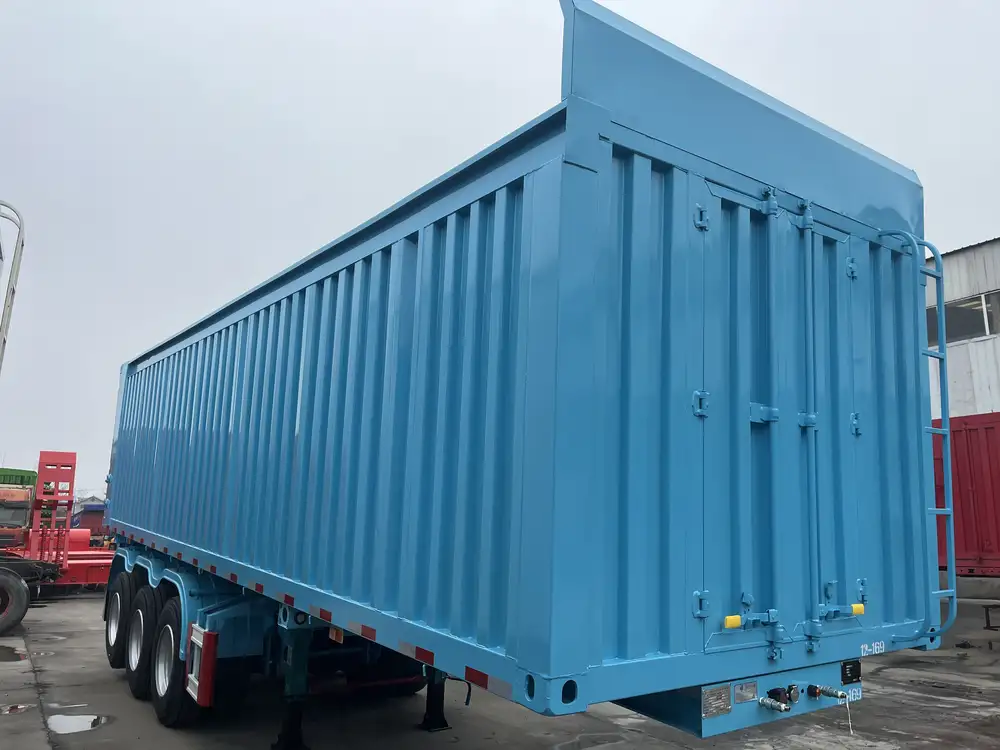
Post-Loading Procedures
After successfully loading the Bobcat, follow these protocols:
- Final Check: Review the tie-downs and ensure the Bobcat is stable.
- Drive Carefully: While transporting, maintain a lower speed, especially around corners or bumps.
- Regularly Inspect: If driving long distances, periodically stop to verify the load is intact and secured.
Conclusion
Successfully loading a Bobcat into a dump trailer is a meticulous process that demands careful attention to both equipment and technique. By following these detailed guidelines, you can ensure safety and efficiency in your loading operations. Each step contributes not just to the successful transport of your Bobcat but also to the overall integrity of your equipment, paving the way for smooth operations in subsequent tasks.
Utilizing these insights will undoubtedly elevate your loading strategy, enhance safety protocols, and facilitate seamless projects. Always prioritize knowledge and check your equipment often. Properly loaded machinery will serve you better, and adhering to best practices will reflect on your operational success.



